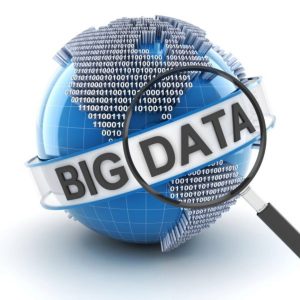Developing an AI Framework for Big Data Analysis
In today’s tech-driven world, integrating AI (Artificial Intelligence) with Big Data analytics is essential. A strong AI framework can help organizations unlock valuable insights. So, how do you develop an effective framework? Let’s explore the key components and best practices together!
Why an AI Framework Matters
First, an AI framework provides the structure needed to leverage Big Data efficiently. By creating a clear roadmap, your AI initiatives can align with your business goals. This framework includes several stages, such as data collection, processing, model training, and deployment.
Key Components of an AI Framework
- Data Acquisition
- Start by implementing effective data collection strategies. Use tools that can gather data from various sources, whether structured, semi-structured, or unstructured.
- Remember to comply with data privacy regulations, like GDPR, to protect sensitive information.
- Data Preprocessing
- Next, clean and transform your data. This step helps eliminate noise and inconsistencies. Techniques like normalization and deduplication are crucial here.
- You can also utilize ETL (Extract, Transform, Load) processes to prepare your data for analysis.
- Model Selection
- Choose the right AI algorithms based on your specific analysis needs. Common models include regression analysis, decision trees, and neural networks.
- Additionally, consider using pre-trained models to speed up development, especially for complex tasks.
- Training and Testing
- Now, split your data into training and testing sets. This helps you evaluate model performance accurately. It’s essential to avoid overfitting.
- Use techniques like cross-validation to ensure your model is robust and can generalize well.
- Deployment and Monitoring
- Once your model is ready, deploy it in a scalable environment. This ensures it can handle large volumes of Big Data effectively.
- Set up monitoring systems to track performance in real-time. This allows for timely adjustments as needed.
Best Practices for Developing an AI Framework
- Iterative Development
- Embrace an iterative approach. This allows you to refine your models continuously based on real-world data and feedback.
- Collaboration Across Teams
- Encourage collaboration between data scientists, IT, and business stakeholders. This teamwork enhances alignment with business goals.
- Invest in Infrastructure
- Make sure your organization has the infrastructure to support large-scale data processing. Consider cloud solutions for added flexibility.
- Focus on Data Governance
- Establish clear data governance policies. This will help manage data quality, security, and compliance.
- Stay Updated with Trends
- Lastly, keep informed about the latest trends and technologies. This ensures your framework remains relevant and effective.
Conclusion
Developing a strong AI framework for Big Data analysis is crucial for organizations. By focusing on key components like data acquisition, preprocessing, and model deployment, you can create a streamlined process. Plus, embracing best practices and fostering collaboration will enhance your AI initiatives. So, why wait? Start building your AI framework today and unlock the full potential of your data!
Read Our blog

